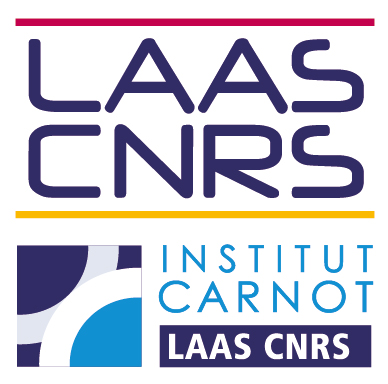Dynamics of podosome stiffness revealed by atomic force microscopy
Résumé
Podosomes are unique cellular entities specifically found in macrophages and involved in cell–matrix interactions, matrix degradation, and 3D migration. They correspond to a core of F-actin surrounded at its base by matrix receptors. To investigate the structure/function relationships of podosomes, soft lithography, atomic force microscopy (AFM), and correlative fluorescence microscopy were used to characterize podosome physical properties in macrophages differentiated from human blood monocytes. Podosome formation was restricted to delineated areas with micropatterned fibrinogen to facilitate AFM analyses. Podosome height and stiffness were measured with great accuracy in living macrophages (578 ± 209 nm and 43.8 ± 9.3 kPa) and these physical properties were independent of the nature of the underlying matrix. In addition, time-lapse AFM revealed that podosomes harbor two types of overlapping periodic stiffness variations throughout their lifespan, which depend on F-actin and myosin II activity. This report shows that podosome biophysical properties are amenable to AFM, allowing the study of podosomes in living macrophages at nanoscale resolution and the analysis of their intimate dynamics. Such an approach opens up perspectives to better understand the mechanical functionality of podosomes under physiological and pathological contexts.
| Origine | Fichiers éditeurs autorisés sur une archive ouverte |
|---|
Loading...

